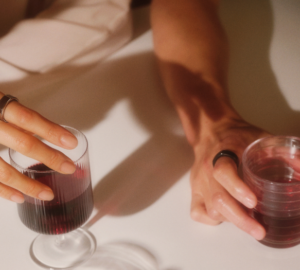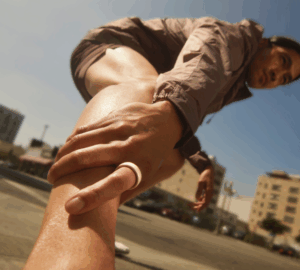“I decided that I’d had enough – I was tired of watching helplessly as loved ones hit a crisis state and then died from addiction.”
Erik Kerr was at his wit’s end with the glacial pace of addiction prevention research. On the one hand, he saw a booming tech industry filled with promising tools, while on the other, he saw an accelerating addiction epidemic in the U.S., and few innovations emerging to combat it.
In 2017, Erik set out to pioneer better solutions and founded a company, LifeTraq, aimed at building a behavioral science platform for aggregating the most effective warning signs of addiction relapse.
In 2019, LifeTraq chose Oura as the leading wearable technology to join their IRB-approved pilot study on whether wearables could predict addiction relapse and improve recovery outcomes. The pilot supports ongoing innovation in LifeTraq’s partnership with the addiction treatment center, The Sanctuary.
The Sanctuary Empowers Residents with Data
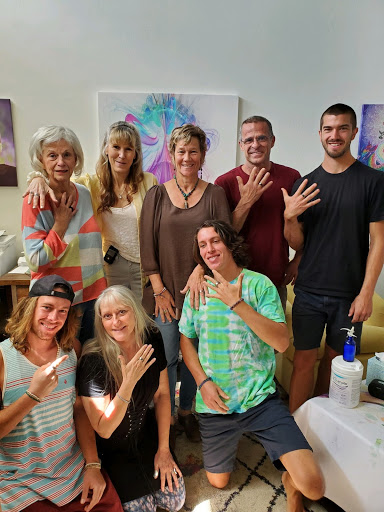
The Sanctuary at Sedona is a rehabilitation center in Arizona that has a unique focus on independence — residents are not supervised or medically monitored, instead, they are empowered to shape and own their own treatment program with their health coaches.
The Sanctuary runs a 90-day Integrative Recovery Program with two phases:
- Inpatient Baseline: The first 30 days, program participants live at The Sanctuary and establish a baseline of health data with LifeTraq to measure their progress against.
- Treatment At Home: Outside the Sanctuary, participants spend 60 days in ongoing treatment. If an individual deviates from their normal baseline, their coaches can identify if it’s a risk signal or a positive opportunity to celebrate recovery progress. In cases of addiction, identifying and acting within these small therapeutic windows is critical.
Given the data-driven nature of the program, it was an ideal environment to pilot Oura as an additional tool.
Head Sanctuary coach, Hillary Metz notes: “Framing the Oura Ring as an empowerment tool has been really effective in celebrating successes, redirecting old patterns, and using data to ‘prove’ to clients they are performing better than their beliefs may be telling them.”
What Does LifeTraq’s Pilot Involve?
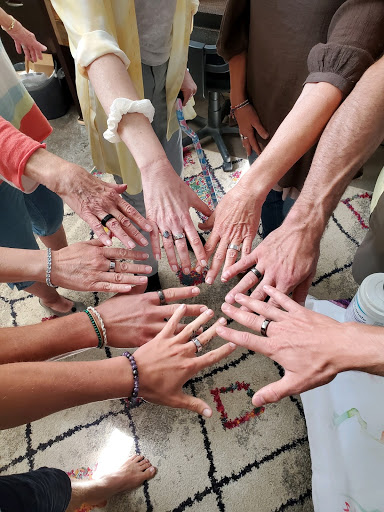
Over 30 program participants and health coaches at The Sanctuary have Oura Ring. Participants in the Integrative Recovery Program are given the option to forgo Oura Ring, wear them without participating, or go all-in and contribute their data to the IRB-study.
LifeTraq assists the Sanctuary in using Oura Ring to establish a baseline of HRV, resting heart rate, sleep health, and activity patterns during the 30 day inpatient phase. After participants return home, they continue to share their Oura data with their coaches in a dashboard which enables conversations about lifestyle choices, mental state, and health, as well as monitoring for relapse warning signs.
Hillary Metz emphasizes that “Oura Ring provides the clients and I access to metrics which we use to explore how they navigate challenges. It helps us support clients in moving beyond their limiting beliefs and dysfunctional patterned behaviors. This also allows us to create action steps to better support them and celebrate wins.”
What Have They Found?
Even in early analysis, it is already clear that a number of Oura metrics are revealing patterns. Carla Clark, co-founder and CSO at LifeTraq, provides examples:
Participants Achieve Healthier Baselines at The Sanctuary
Below is a key example of how heart-rate variability (HRV) tends to increase for program participants during the first 30 days at the Sanctuary. Carla notes, “An increase in HRV likely reflects the transition from a more dominant ‘fight-or-flight’ stress response to a more active ‘rest-and-digest’ response as their recovery progresses.”
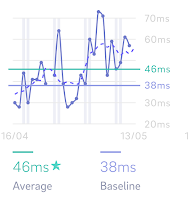
Alongside that pattern, residents’ resting heart rates tend to decrease. Carla highlights how “this indicates the strength and stability in their hearts to maintain a lower rhythm and help the body respond to routine stressors more efficiently. It’s an encouraging pattern for us!”
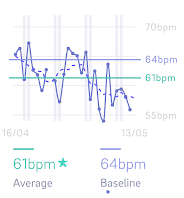
Changes From Their Baseline Can Act As An Alarm
Thanks to the baseline established in the first 30-days, coaches may be able to more easily identify signs of deterioration that can be leveraged to help keep recovery on track.
Hillary Metz shares one example of how she uses her coaching expertise to spot warning signs that could be predictive of struggling upon release: “[This participant’s] HRV began sliding down a few days before his discharge and we lost contact with him for a full week after he left….”
When they reviewed his data during his first week back at home they saw that he was now deviating substantially from baseline: “His sleep and activity scores and behavioral assessments were erratic and far from his baseline during that week. I used the opportunity to reach out to him to share my philosophy that relapse is an opportunity and not a fail. While he denies relapsing, he did reconnect with the program and has been actively participating in the individual and group coaching calls. His Oura Ring data is hovering around his healthier baseline now and we can celebrate that together. ”
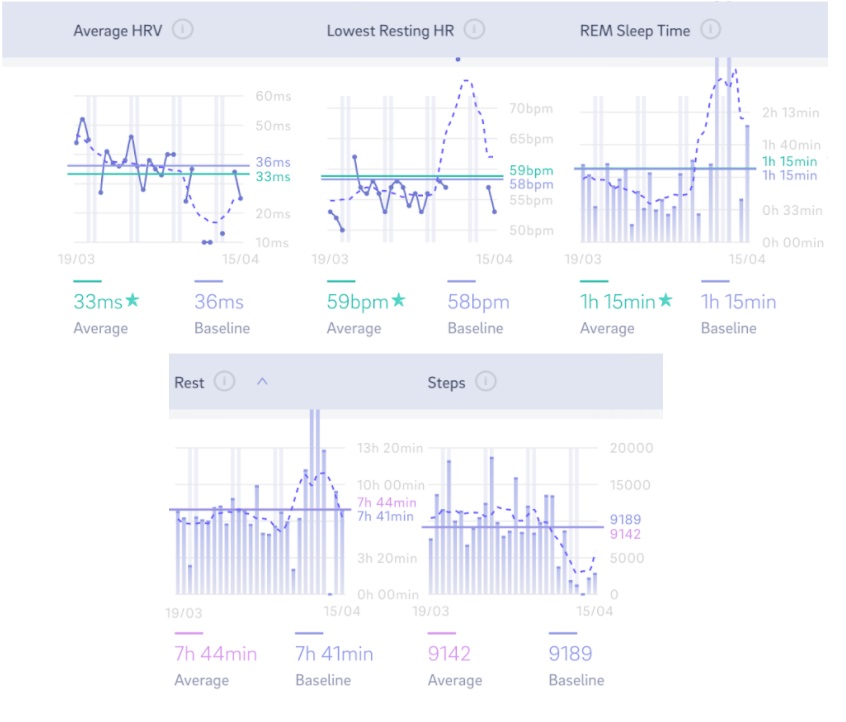
Taking Oura Ring Off Is A Sign
One of the most surprising discoveries so far has been that taking Oura Ring off has served as its own signal.
Carla shares, “While we expected to find relatively strong correlations between Oura metrics, moment-to-moment relapse indicators, and recovery outcomes, there is surprising therapeutic value in a lack of data too…when the ring is taken off. Preliminary analysis of study data and follow up in one-on-one coaching sessions indicates that shame and other negative emotions known to derail recovery are often a prelude to and are involved in ring removal, intense cravings, and intention to use. ”
Below is an example that highlights this type of intervention.
On the left, is the amount of time the individual takes off the Oura Ring during the day. At first, the participant is wearing the ring consistently. After a few days of being at home, however, there’s a clear change in behavior where the ring is removed entirely or for long stretches of the day. This behavior change is also echoed in erratic patterns for other stats, such as bedtime on the right which shoots up to 5AM.
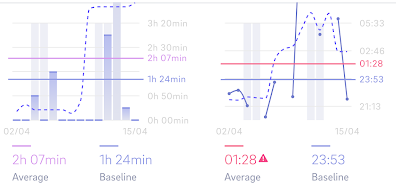
The coaches are then able to work with the participants to identify what they need most. Carla comments, “Changes in both physical and behavioral biometrics create invaluable opportunities for health professionals to check in and keep clients on track. Taking the ring off can offer a priceless chance to deliver just-in-time interventions that could prevent a lapse event or the transition to full-blown behavioral relapse, where targeting shame associated with ring removal has prompted return to healthier baseline metrics.”
What’s Next?
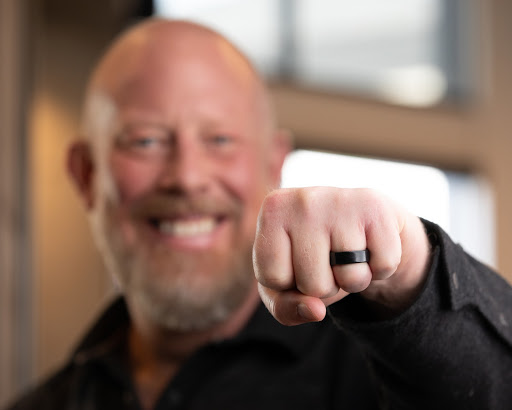
The pilot study is set to conclude in October, when the Sanctuary and LifeTraq will work together to establish the optimal suite of surveys needed to track recovery and to pull out data streams like HRV, sleep patterns, and activity behaviors into a dashboard that can help measure treatment progress and estimate relapse risk.
Erik hopes that the program will help crack the code he’s been looking for: “The most dangerous element of addiction, and the biggest obstacle in preventing addicts from not only getting clean but staying clean and ultimately healing, is a relapse event.”
Oura CEO, Harpreet Rai, hopes the program will prove that wearable health technology like the Oura Ring and app is helping people better understand and own their health information. “When Erik and I first spoke, I was hopeful that Oura’s contribution to the program could really make a difference by bringing accurate health signals to the surface that they couldn’t read before. The information that our partnered technology can bring to this program demonstrates how powerful metrics like HRV and Sleep Staging are when combined with behavioral outcome data. In this case, it may help us spot irregularities ahead of time, and that could literally save a life…”








